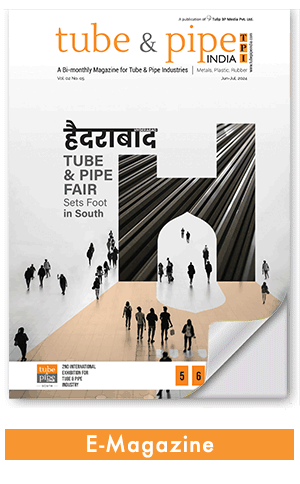The co-legislators of the European Union have signed the Carbon Border Adjustment Mechanism (CBAM) Regulation to fight against carbon-intensive imports. The CBAM, which will be implemented in a transitional phase starting from 1 October 2023, plans to assign a fair price to the carbon emissions associated with the production of carbon-intensive goods entering the EU.

The European Union’s co-legislators have recently signed the Carbon Border Adjustment Mechanism (CBAM) Regulation, an initiative towards the EU’s fight against carbon-intensive imports. The CBAM regulation will be implemented in a transitional phase starting from 1 October 2023, with importers required to report their emissions by 31 January 2024. The CBAM’s core objective is addressing the issue of carbon leakage occurring due to the relocation of EU-based companies to countries with less stringent climate policies or the replacement of EU products by carbon-intensive imports.
Also Read: Alleima Group, Sweden, Appoints New President for Tube Division
The CBAM plans to assign a fair price to the carbon emissions associated with the production of carbon-intensive goods entering the EU, which will incentivize cleaner industrial production in non-EU countries. The CBAM’s scope initially focuses on imports from sectors that face the highest risk of carbon leakage due to their carbon-intensive nature, like cement, iron and steel, aluminum, fertilizers, electricity, and hydrogen. However, it is projected that the CBAM will gradually cover over 50% of emissions in sectors regulated by the EU Emissions Trading System. From 1 January 2026, importers will be expected to declare their annual imports and the corresponding embedded greenhouse gas emissions, following which they will surrender the CBAM certificates, the price of which will be determined based on the weekly average auction price of EU ETS allowances. During CBAM’s transitional phase, it will undergo a detailed functionality review along with a product scope assessment, to be concluded before the definitive system comes into force, along with a roadmap for their inclusion by 2030.










